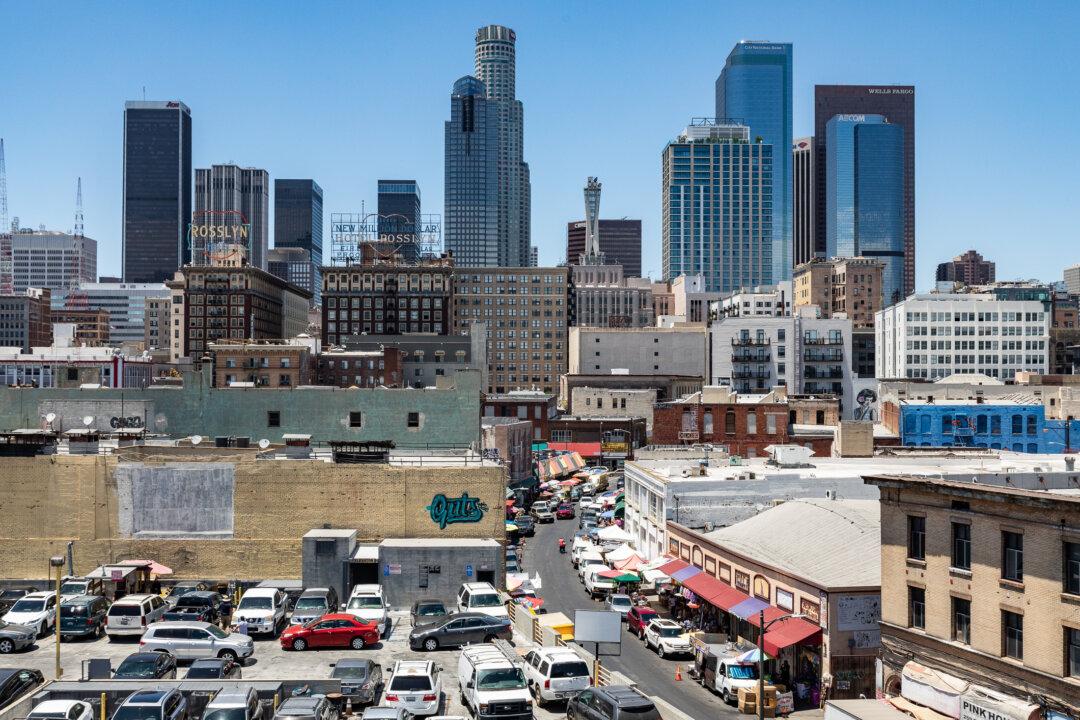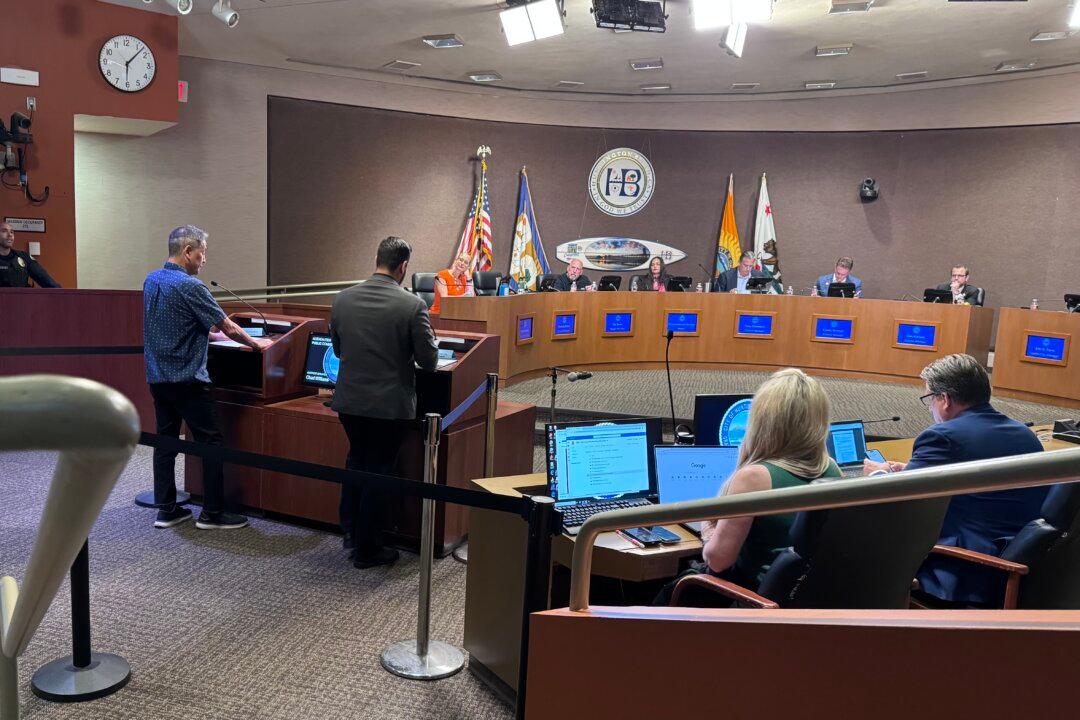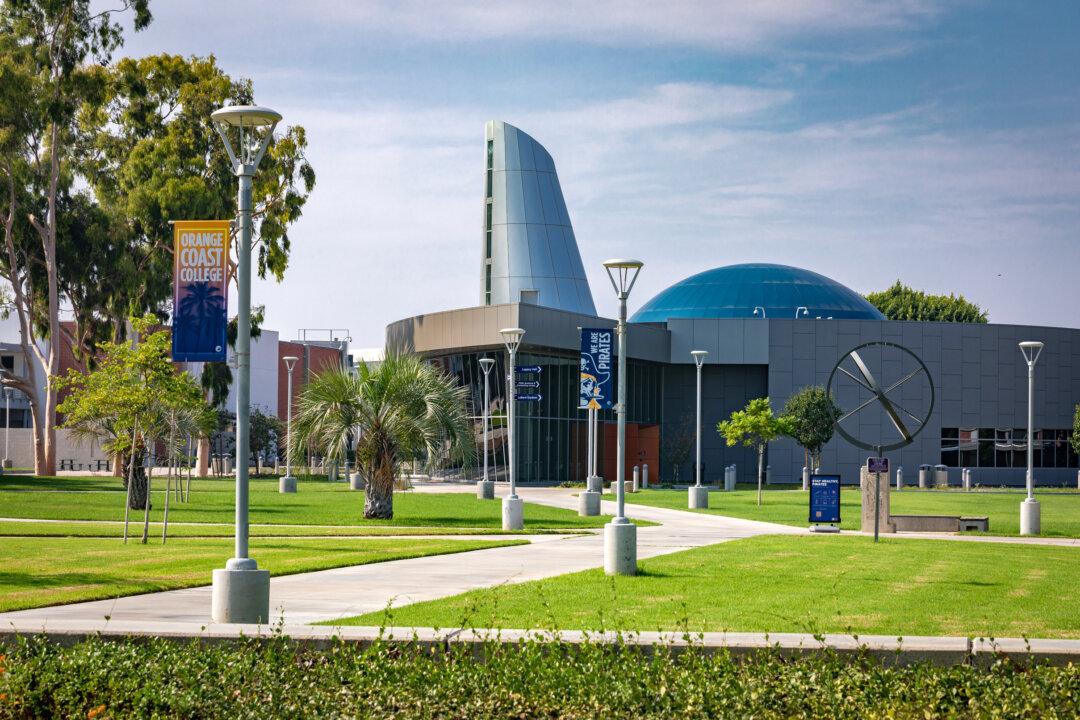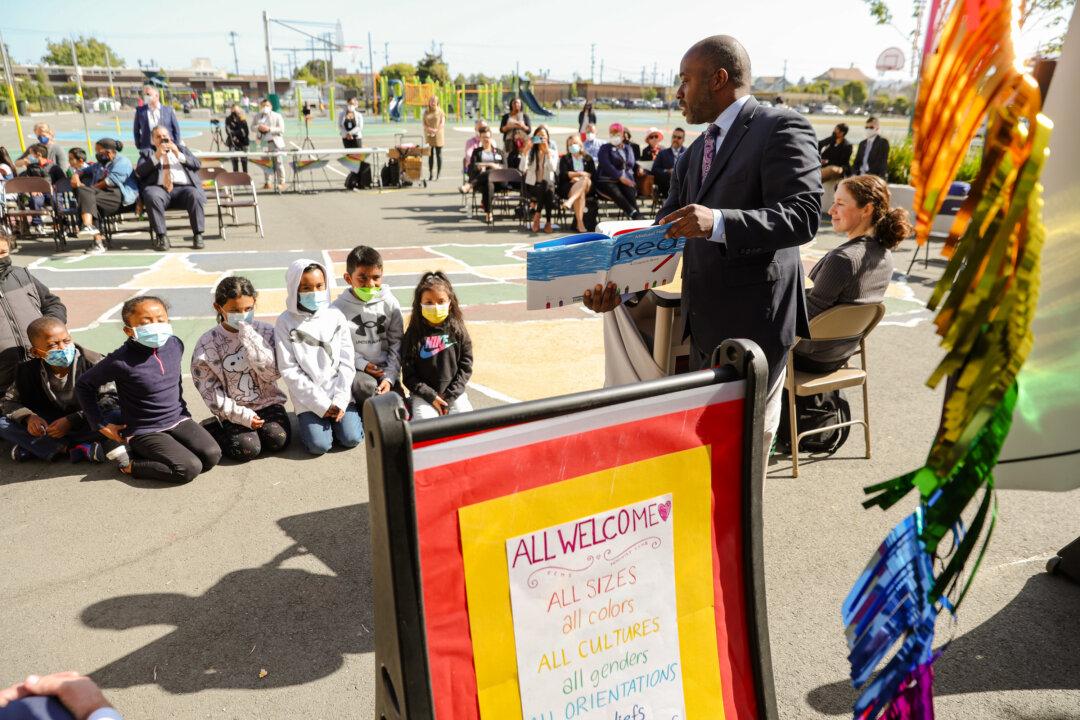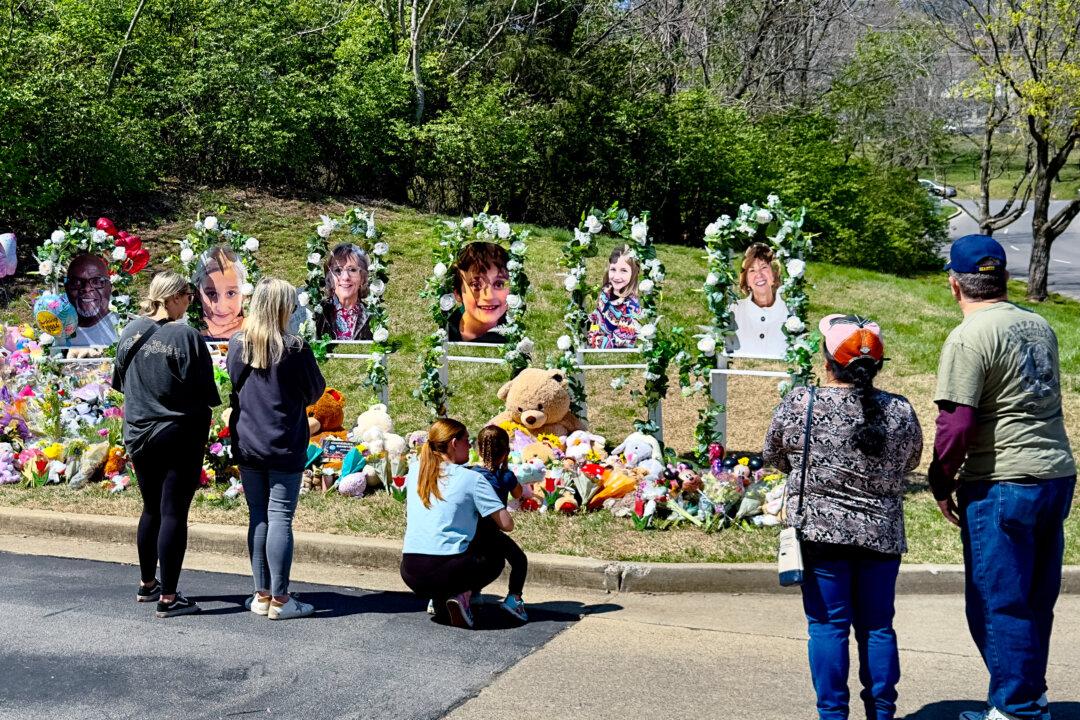The Los Angeles County Metropolitan Transportation Authority (Metro) is planning a new light rail line that would allow Angelenos to travel across the county.
The West Santa Ana Branch Transit Corridor would be a 19-mile light-rail transit line stretching from downtown Los Angeles to the southeast part of the county, including areas such as Downey, Bellflower, and Artesia.
